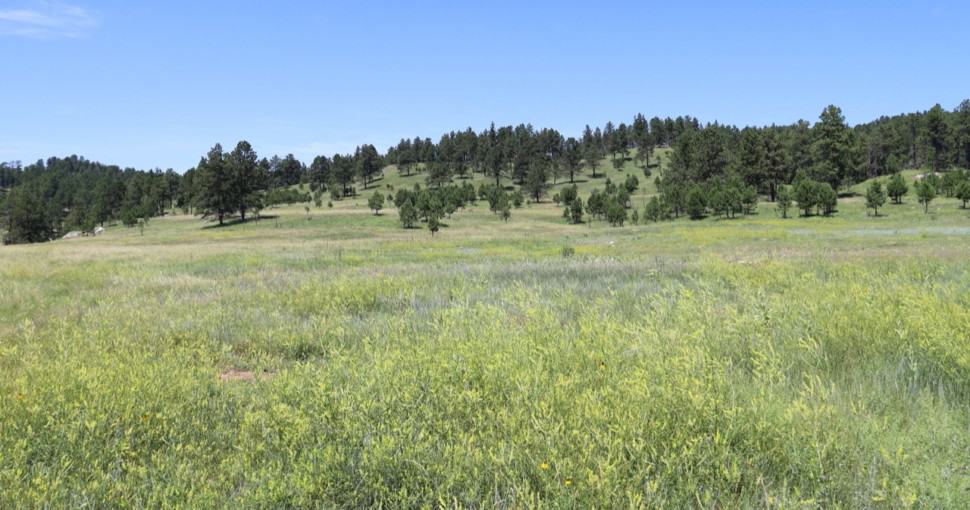If you are looking to plant a tree in your garden, it is best to know what the most common trees are. This list will give you an idea of what you can expect to see if you visit South Dakota. The post goes on with information about different types of trees that grow well in South Dakota and why they would be good for planting.
Contents
- 1. Black Hills Spruce (picea glauca densata)
- 2. American Elm (ulmus americana)
- 3. Basswood (tilia americana)
- 4. Black Walnut (juglans nigra)
- 5. Boxelder Maple (acer negundo)
- 6. Bur Oak (quercus macrocarpa)
- 7. Chokecherry (prunus virginiana)
- 8. Cottonwood (populus)
- 9. Crabapple Trees (malus)
- 10. Green Ash (fraxinus)
- 11. Hackberry (celtis occidentalis)
- 12. Hawthorn (crataegus)
- 13. Honeylocust (gleditsia triacanthos)
- 14. Eastern Hophornbeam (ostrya virginiana)
- 15. Paper Birch (betula papyrifera)
- 16. Peachleaf Willow (salix amygdaloides)
- 17. Quaking Aspen (populus tremuloides)
- 18. Rock Elm (ulmus thomasii)
- 19. Silver Maple (acer saccharinum)
- 20. Eastern Redcedar (juniperus virginiana)
- 21. Limber Pine (pinus flexilis)
- 22. Rocky Mountain Juniper (juniperus scopulorum)
- 23. Wild Plum (prunus americana)
Many people don’t realize that South Dakota does not have a lot of trees. This is because we have such an arid climate, and the harsh winters make it difficult for many types of trees to grow here. But there are still quite a few varieties around, and this blog post will explore some of the most common ones you might encounter in your travels through South Dakota.
1. Black Hills Spruce (picea glauca densata)
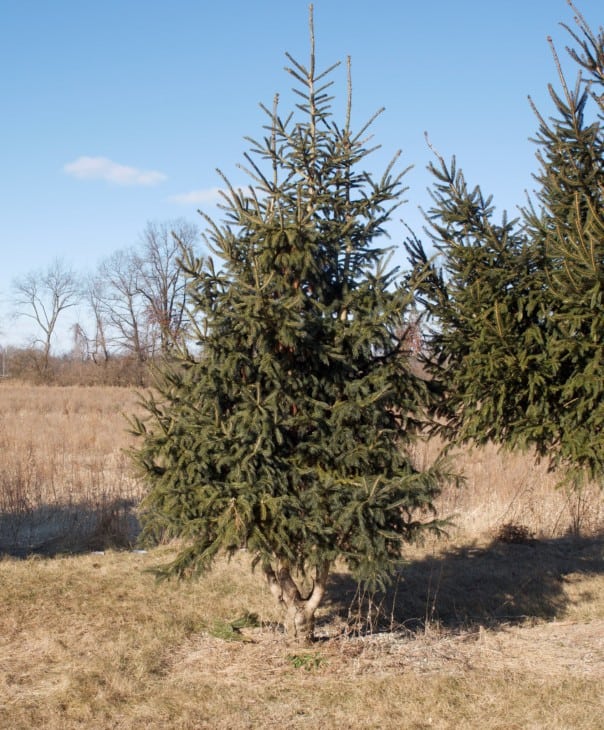
This is a small evergreen tree with sharp needles and cones. It usually grows between 20-40 feet, and it is quite tolerant of the dry winter weather we experience here in South Dakota. This is one of the most common trees in our Black Hills area, and it tends to favor rocky or sandy soil.
2. American Elm (ulmus americana)
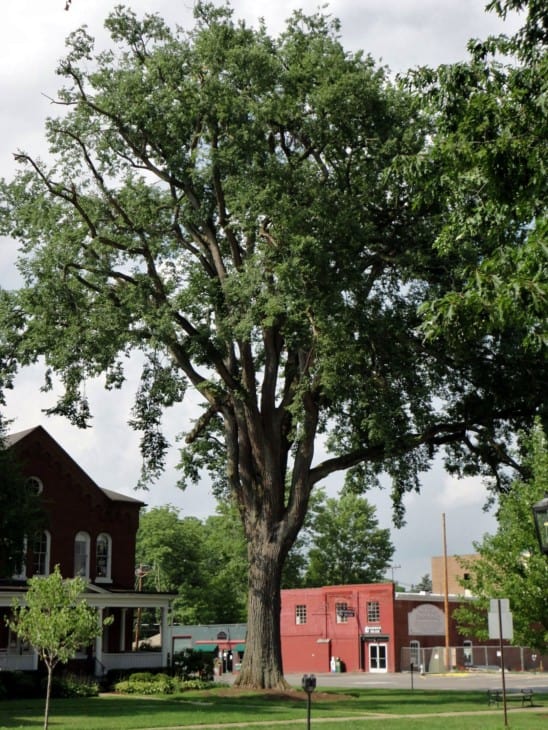
Often mistaken for a maple tree, this tall and stately tree can grow up to 80 feet high. It typically has a broad crown and brown bark that is ridged with deep furrows. It’s popular as a shade tree because it tolerates many soil types, plus the leaves provide nice shade from the summer sun.
3. Basswood (tilia americana)
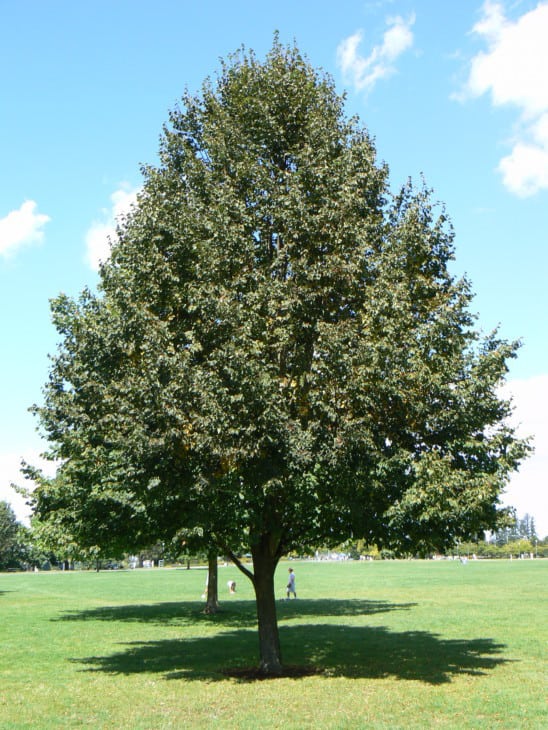
The American Basswood tree is very similar to the Linden tree, and it grows up to 60 feet tall. It has an impressive oval shape with a nicely symmetrical canopy, and a very pretty heart-shaped leaf that turns from dark green during summer months into yellow or orange in autumn.
4. Black Walnut (juglans nigra)
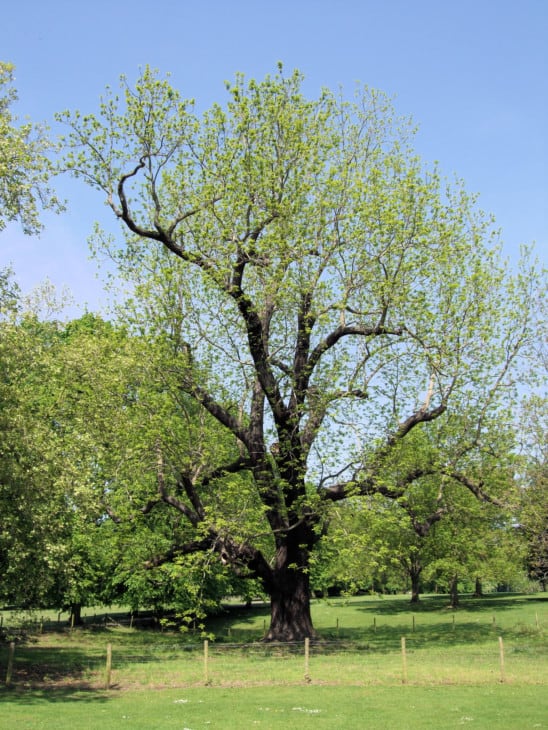
The Black Walnut tree is a deciduous tree with dark, fissured bark and compound leaves. It typically grows 50-75 feet tall, and it can live up to 200 years! Plus it produces delicious nuts that are used in cooking.
5. Boxelder Maple (acer negundo)
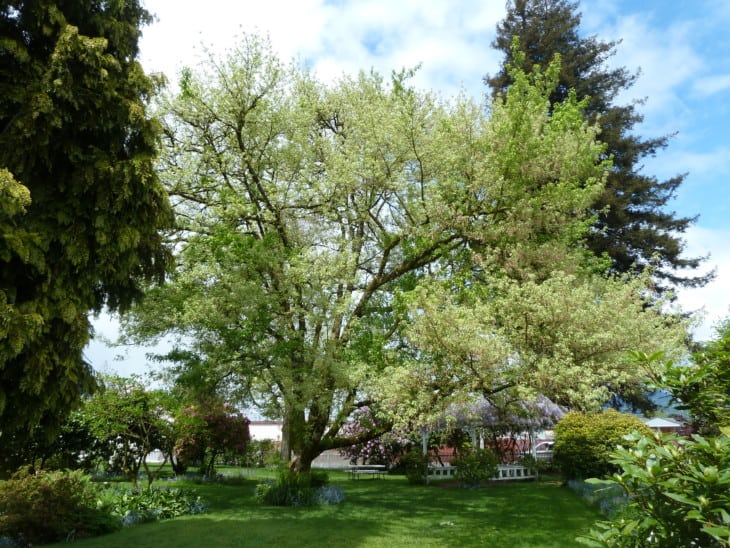
This fast-growing maple tree typically grows 25-50 feet tall, and it has a rounded canopy. The leaves are quite large with serrated edges, and they tend to turn golden or yellow in autumn. The seeds from this tree grow into what is called “boxelder bugs” which can be a nuisance around homes during the fall.
6. Bur Oak (quercus macrocarpa)
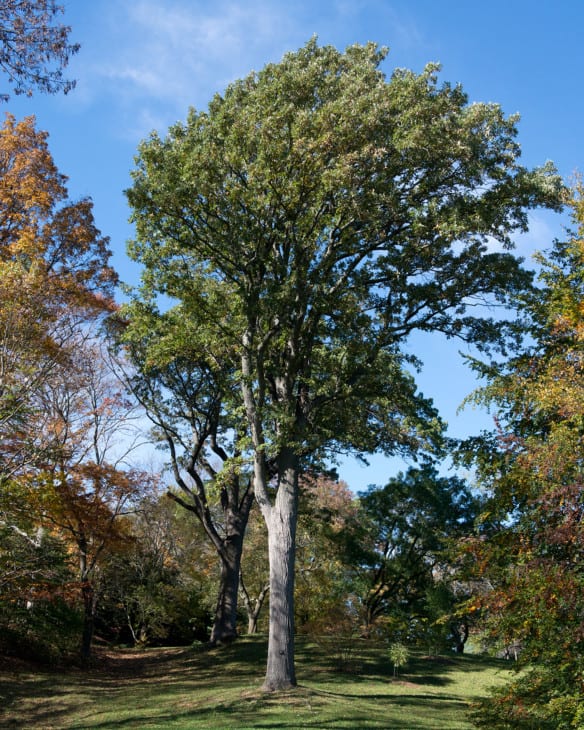
The Bur Oak is a pretty old-fashioned tree with medium-sized leaves and acorns. It can be found on dry ridges and hills, and it tends to grow around 40 feet tall. Sometimes people plant these trees as ornaments in their yards because of their bold bark that peels away like paper.
7. Chokecherry (prunus virginiana)
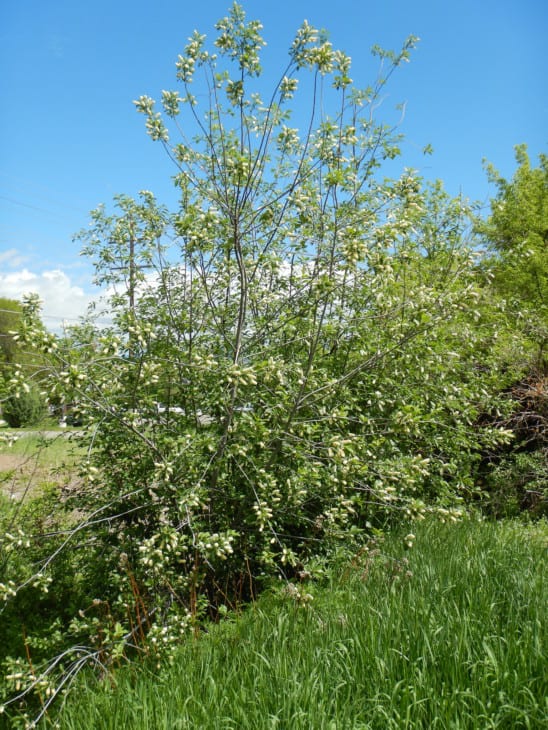
This is a very common small tree that grows up to 25 feet tall. The leaves are oval shaped and usually dark green in color, and the bark tends to be gray or brown with prominent ridges. You can find these trees in many regions of South Dakota, and they typically grow on steep hillsides and ravines where the soil isn’t too moist.
8. Cottonwood (populus)
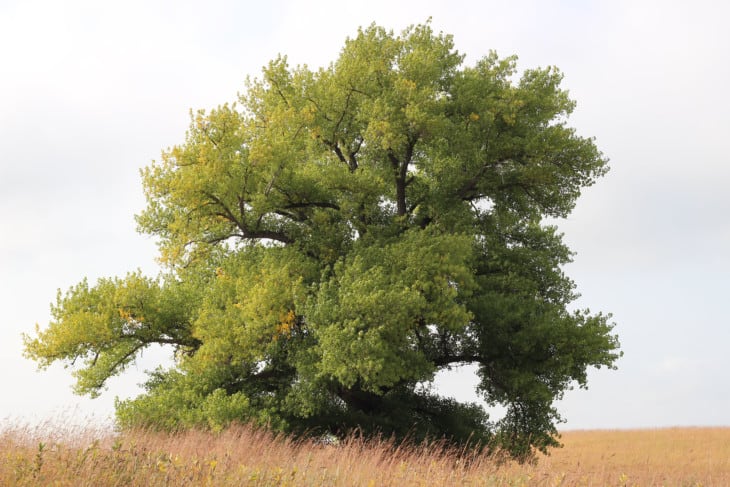
This tall fast-growing tree is found along rivers and lakes where the soil is moist. The leaves are quite large, with points that tend to turn yellow or reddish in autumn. It’s common to find these trees growing around 30-50 feet tall, which can be very beneficial for recreational activities because of their location near waterways.
9. Crabapple Trees (malus)
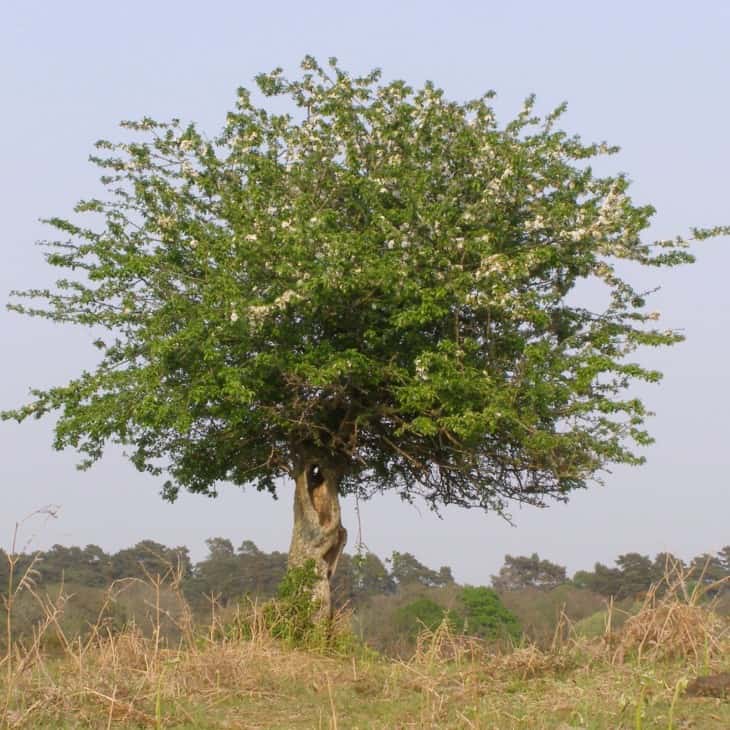
These are small trees that rarely grow more than 25 feet tall. They have quite a few thorns, which are probably meant to protect the fruit from being eaten by animals. The fruit can be white, pink or red depending on the species of tree, and it often has a pleasant sour taste when fully ripened.
10. Green Ash (fraxinus)
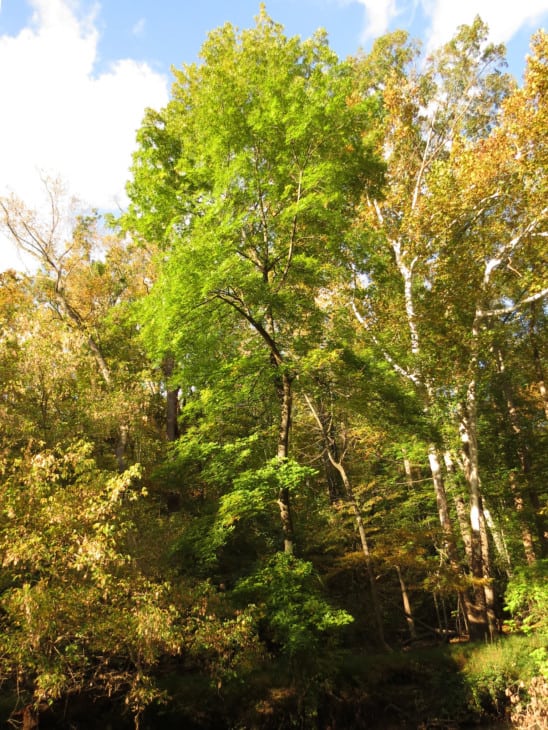
This is another common tree that grows 25-60 feet tall. It has compound leaves with serrated edges, and it produces winged seeds that can be carried far away by the wind. Sometimes people plant these trees in their yards because they are abundant around our region, but there’s also some concern about how they might affect local ecosystems in the future.
11. Hackberry (celtis occidentalis)
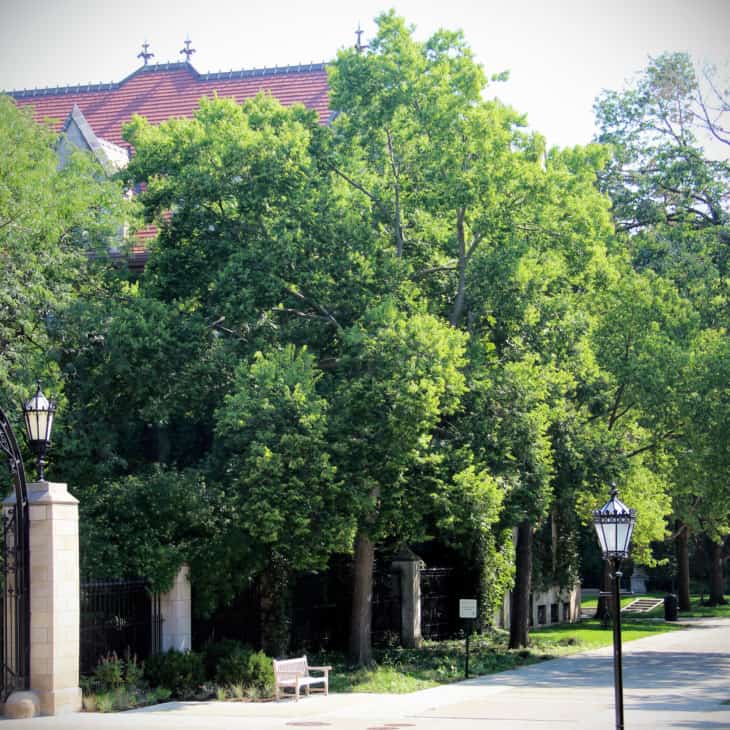
This is a common small tree that only grows 12-30 feet tall. The bark has quite a few ridges, and the leaves are simple with toothed edges. It’s found in ravines and lowlands where there isn’t too much moisture, but it does well in moist soils when young because their roots haven’t yet developed a strong hold.
12. Hawthorn (crataegus)
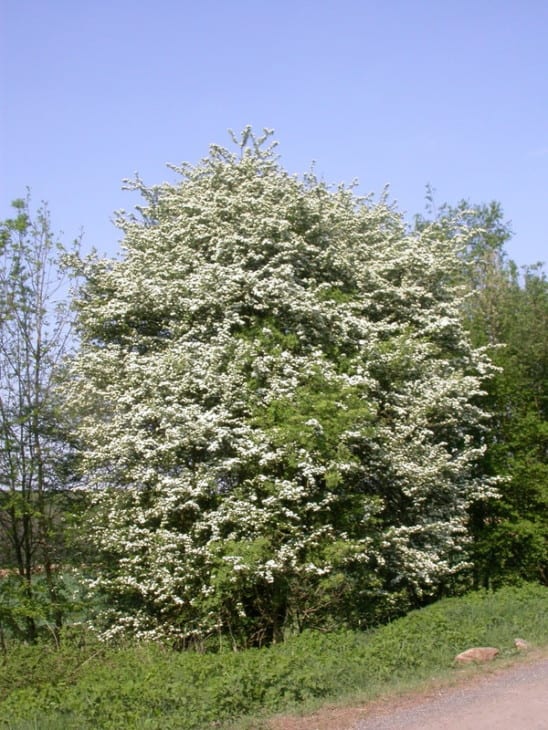
Hawthorn is a common tree in the south central part of South Dakota where it’s often used as an ornamental. It has bright green leaves with saw-toothed edges, and it produces attractive red or white flowers that are followed by sharp spines known as “haws.” You can also find these trees growing near creeks and streams.
13. Honeylocust (gleditsia triacanthos)
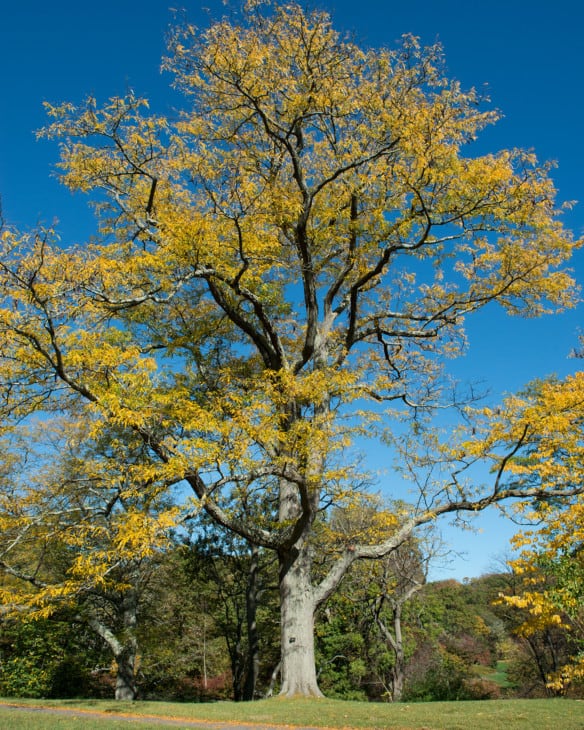
The Honeylocust is a common tree in South Dakota, and it can get very tall. It has compound leaves with serrated edges, and it produces some pretty brown “pods” that have flat seeds inside them. This tree likes moist soils but can tolerate dry soil as well depending on how mature the roots are.
14. Eastern Hophornbeam (ostrya virginiana)
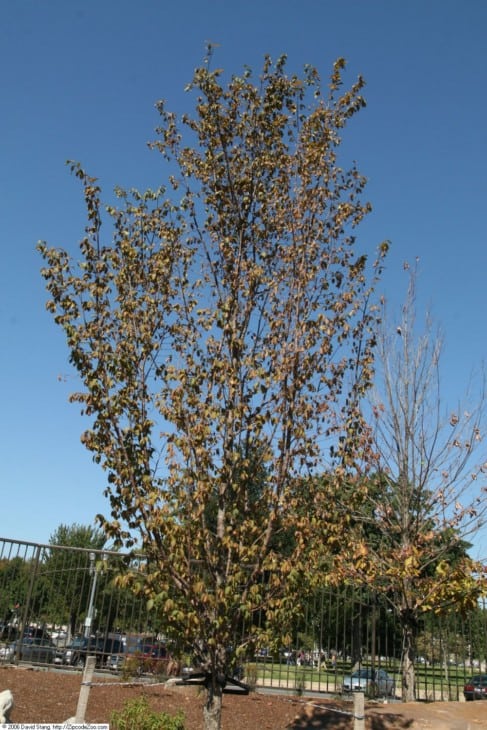
The Eastern Hophornbeam is a pretty little tree with scaly gray bark that can grow up to 50 feet tall. The leaves are shaped like lances and have serrated edges, and they are dark green in color on top but colored red underneath. This tree can be found growing near moist soils along rivers and creeks where it tends to blend in with its surroundings.
15. Paper Birch (betula papyrifera)
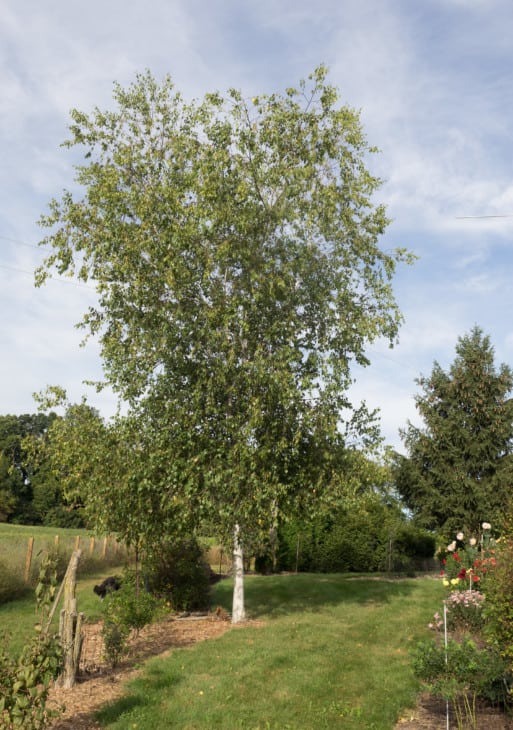
This is a common tall tree that can grow up to 50 feet tall. It has smooth bark and white flowers in early spring, and it produces nuts with bristles that contain tiny seeds inside. Paper Birch grows well along rivers where the soil is moist but not flooded, and it tolerates cold climates very well.
16. Peachleaf Willow (salix amygdaloides)
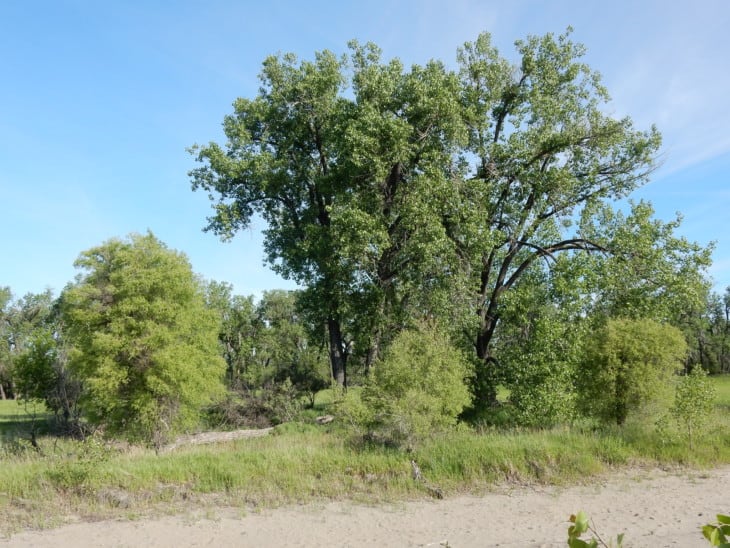
This is another tree that’s common throughout South Dakota. It has leaves with long pointed tips and smooth edges, and it produces yellow flowers in early spring that are quite showy. The bark of this tree is gray and scaly with horizontal markings.
17. Quaking Aspen (populus tremuloides)
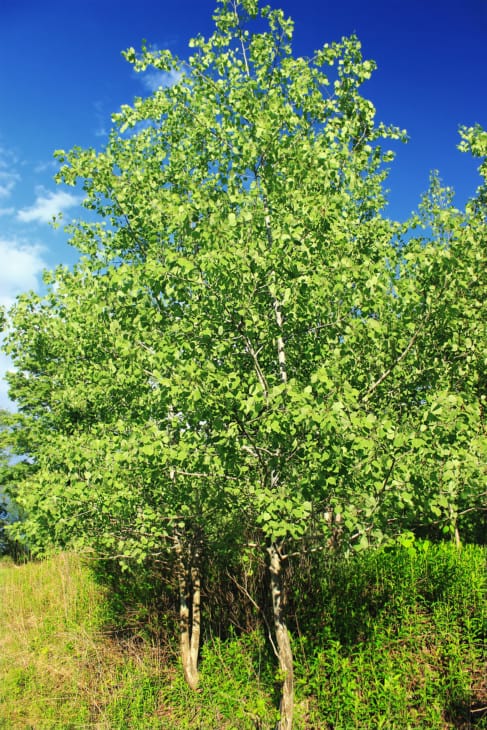
The Quaking Aspen is a tall tree that can grow up to 50 feet tall. It has smooth bark with creamy white patches, and the leaves are shaped like lances with serrated edges. Because of its height, it’s important for this tree to have plenty of room so it doesn’t interfere with other trees nearby.
18. Rock Elm (ulmus thomasii)
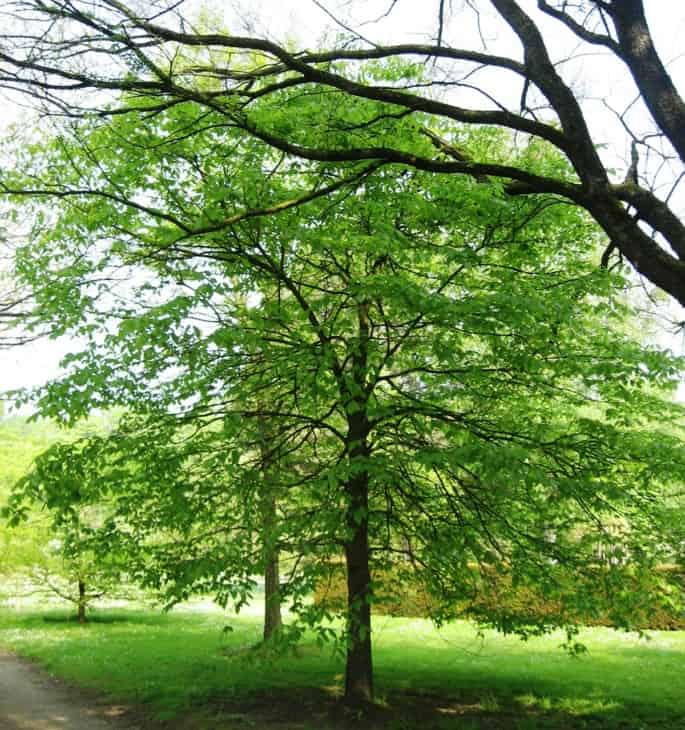
Rock Elm is a tall hardy tree that can grow up to 70 feet tall. It has a gray bark with long “flakes” and small green leaves shaped like lances with serrated edges. The Rock Elm tolerates both dry and moist soils, but it prefers the latter, so it’s common on riverbanks.
19. Silver Maple (acer saccharinum)
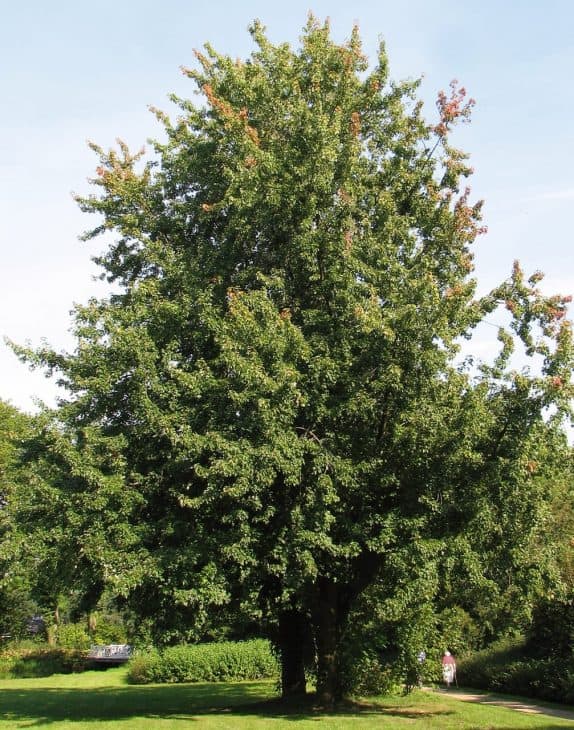
This is another tall tree known for its fast growth rate. It’s found all over the world, and it tolerates urban areas very well. Silver Maple has compound leaves with serrated edges that can be up to 12 inches long, and they turn yellow in the fall before falling off the tree.
20. Eastern Redcedar (juniperus virginiana)
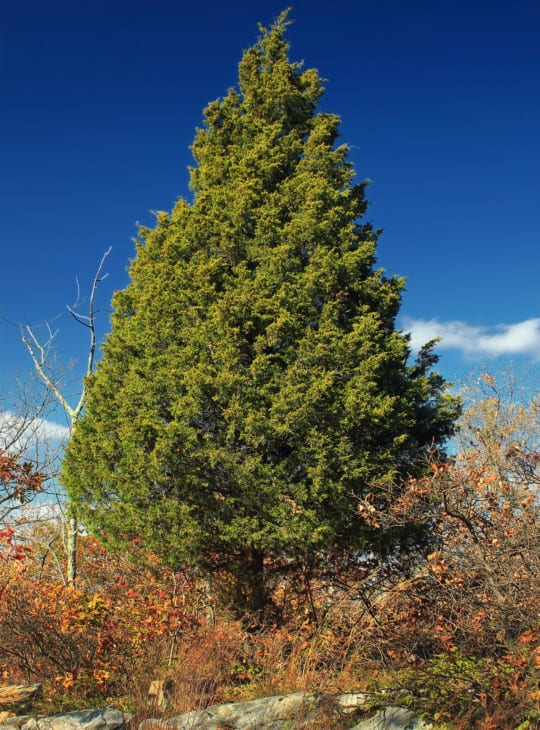
This is a common tree along the Missouri River, where it’s often used as an ornamental. It has small light green leaves that are scale-like and very narrow, so they look like pine needles. The bark on this tree is reddish-brown in color with ridges, and it tolerates both dry soils and wetlands.
21. Limber Pine (pinus flexilis)
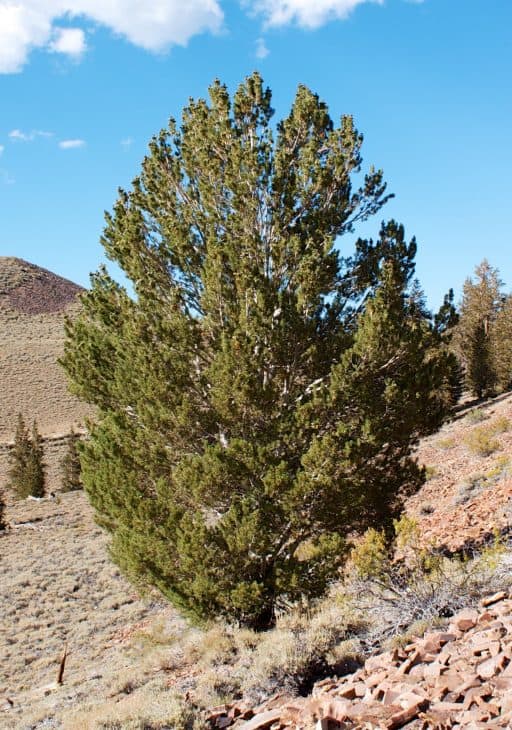
This is a tall and thin tree that can grow up to 40 feet tall in South Dakota. It has long needles in bunches of two, and its bark is grayish-brown with deep furrows. Limber Pine grows well in dry soils where there isn’t much moisture, but it also tolerates flooded areas quite well.
22. Rocky Mountain Juniper (juniperus scopulorum)
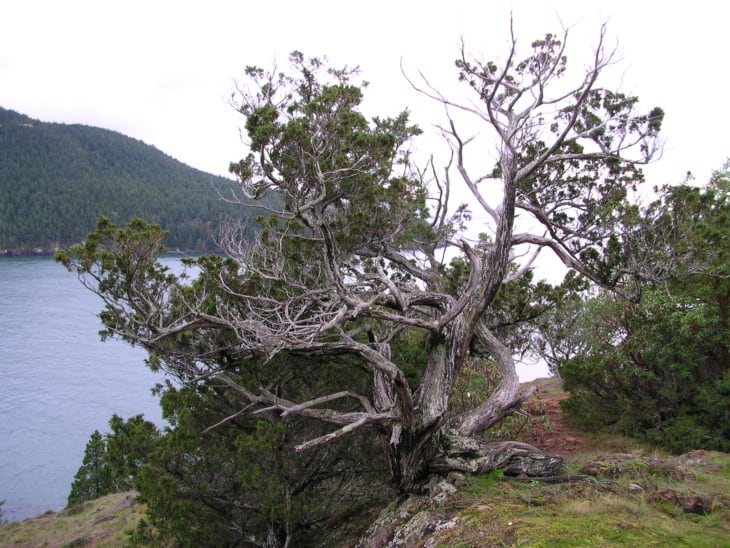
This is another one of South Dakota’s most common coniferous trees. It grows up to 25 feet tall, and it has green needles shaped like lances with small sharp points on the ends. This tree tolerates dry soils well, but it also tolerates rocky areas where there isn’t much soil for the roots to hold onto.
23. Wild Plum (prunus americana)
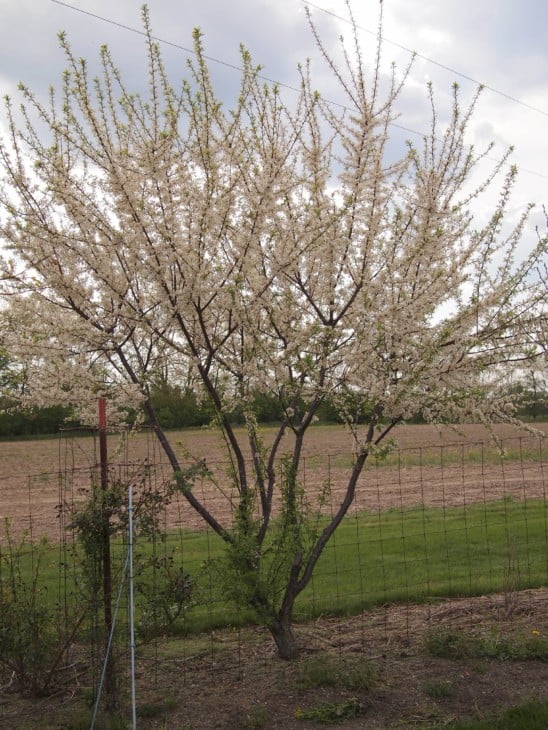
This tree is usually found growing near rivers where it has moist soil. It can grow up to 40 feet tall, and it has green leaves that are shaped like lances with smooth edges. The Wild Plum produces purple fruit in early summer that can be eaten or made into jams or jellies.

